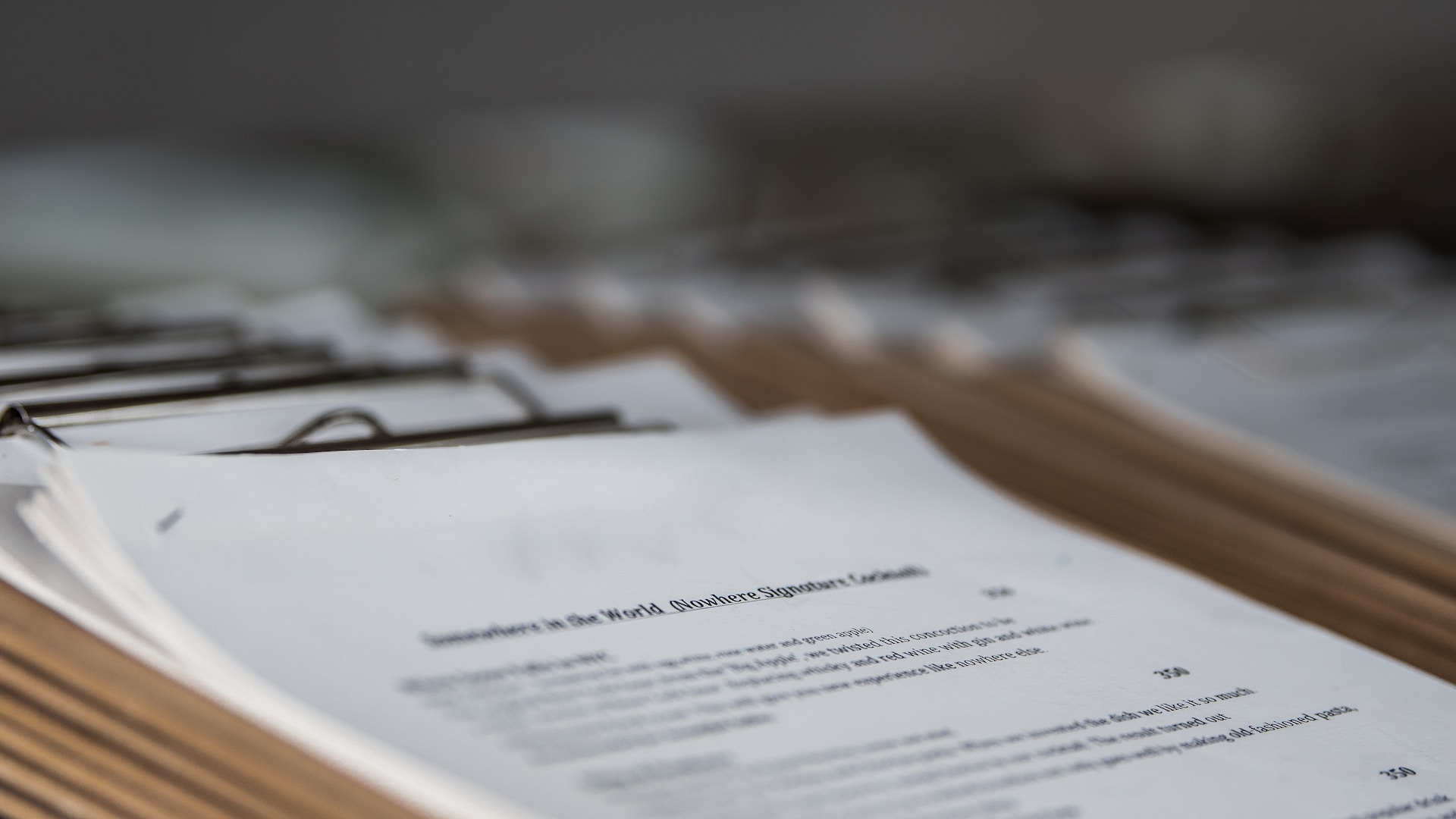The Governmental Accounting Standards Board (GASB) Statement No. 87, commonly known as GASB 87, transformed the landscape of governmental lease accounting when it was first issued in June 2017. This new standard aimed to enhance the transparency and comparability of financial reporting related to leasing activities by governments and their constituents.
GASB 87 Leases is a governmental accounting standard that establishes a single model for lease accounting by governments.
By establishing a single model for lease accounting, GASB 87 eliminated the previous operating and capital lease classifications, offering a more consistent and comprehensive approach. Interestingly, the GASB 87 implementation deadline was extended to June 15, 2021, due to the COVID-19 pandemic.
Impact of GASB 87 on Transparency and Decision-Making
Before GASB 87, governmental lease accounting needed more clarity, causing inconsistencies and gaps in financial reporting. The previous standards fell short of accurately portraying a government’s leasing activities.
In response to these concerns, GASB 87 was developed with the intention of bringing greater transparency and coherence to governmental lease accounting.
One of its primary objectives was to improve the comparability of financial statements, enabling stakeholders to make more informed decisions. By achieving this, GASB 87 has played a pivotal role in fostering greater confidence and trust in governments’ financial reporting.
For those seeking to dive deeper into the subject, comprehensive resources on GASB 87 can be accessed online, offering valuable insights and information.

GASB 87’s Unified Model: Transforming Lease Accounting Practices
GASB 87 introduced a groundbreaking shift in lease accounting by adopting a single-model approach. This innovative method eliminated the differentiation between operating and capital leases, creating a unified treatment for all leases.
Consequently, lessees are now required to recognize both a lease liability and a corresponding right-of-use asset for every lease, with the exception of short-term leases.
This fundamental change has resulted in a more uniform and transparent depiction of leasing activities within financial statements. As a result, stakeholders can more easily comprehend and compare governments’ leasing commitments and obligations, ultimately promoting better decision-making and accountability in the public sector.
GASB 87 brings about new requirements for lessee accounting, demanding lessees acknowledge a lease liability and a right-of-use asset when a lease begins.
Calculating the lease liability involves determining the present value of lease payments. At the same time, the initial measurement of the right-of-use asset considers the lease liability amount, initial direct costs, and any lease incentives.
Furthermore, lessees must reassess both the lease liability and right-of-use asset if substantial alterations in lease terms or assumptions arise. This updated approach to lessee accounting fosters greater transparency and consistency, enabling stakeholders to better understand an entity’s leasing commitments and financial obligations.
Adapting to Lessor Accounting under the GASB 87 Framework
With GASB 87, lessor accounting has also experienced significant changes. At the beginning of a lease, lessors must recognize a lease receivable and an associated deferred inflow of resources.
To measure the lease receivable, lessors must calculate the present value of lease payments. In contrast, the initial measurement of the deferred inflow of resources considers the lease receivable amount, initial direct costs, and lease incentives.
As with lessee accounting, lessors are responsible for reassessing the lease receivable and deferred inflow of resources in case of notable shifts in lease terms or assumptions. With this updated method, lessor accounting is more transparent, which helps stakeholders evaluate the financial performance of governments engaged in leasing activities.
The Unique Treatment of GASB 87 Short-Term Leases
GASB 87 makes an exception for short-term leases, which are leases lasting 12 months or less. In such cases, lessees and lessors are not required to recognize the typical right-of-use asset, lease liability, lease receivable, or deferred inflow of resources associated with other lease types. This exemption simplifies the accounting process for short-term leases.
As an alternative, lessees must recognize lease payments as expenses, while lessors must record them as revenue. These payments are distributed evenly over the lease term, following a straight-line method.

The initial mandate for governments to implement GASB 87 was set for fiscal years after December 15, 2019.
However, the COVID-19 pandemic prompted GASB to extend the deadline, allowing reporting periods to begin after June 15, 2021, instead. Governments needed to adopt a modified retrospective approach to ensure a smooth transition, conforming to the GASB 87 requirements.
This approach entailed recognizing and measuring leases according to the new standard, starting from the earliest period presented in their financial statements. By following these guidelines, governments can seamlessly incorporate GASB 87 into their lease accounting practices, ultimately improving transparency, comparability, and decision-making in financial reporting.
Maintaining Transparency with GASB 87’s Ongoing Disclosure Requirements
GASB 87 imposes stringent ongoing disclosure requirements on governments to ensure transparency and accountability in public sector financial reporting. These requirements encompass providing detailed descriptions of leasing arrangements, disclosing the aggregate amount of lease liabilities, and stating the weighted average remaining lease term.
By adhering to these disclosure requirements, governments empower stakeholders with a comprehensive understanding of their leasing activities and financial obligations. Consequently, this fosters greater trust in public sector financial reporting and facilitates informed stakeholder decision-making.
Implementing GASB 87 significantly impacts the financial ratios and key performance indicators (KPIs) commonly used to gauge a government’s financial health. For example, recognizing lease liabilities and right-of-use assets under GASB 87 can cause a government’s debt ratios to rise while influencing metrics such as return on assets and asset turnover.
As a result, stakeholders must remain vigilant in considering these alterations when evaluating financial ratios and KPIs, considering the influence of GASB 87 on reported figures. Developing a clear understanding of these changes is vital for stakeholders to maintain precise assessments of a government’s financial standing and overall performance.
Best Practices for a Smooth GASB 87 Implementation
For a seamless transition to GASB 87, governments must adhere to best practices that ensure effective implementation.
These practices involve conducting an in-depth analysis of current lease agreements to identify any areas that require attention under the new standard. Establishing a cross-functional implementation team is also essential, as it fosters collaboration and communication across different departments.
Investing in lease accounting software simplifies the process while providing employees responsible for lease accounting with comprehensive training and support, ensuring they grasp the new requirements and procedures.
Conclusion
GASB 87 revolutionizes governmental lease accounting by increasing transparency and consistency.
Implementing this standard requires understanding its implications on lessees, lessors, and financial ratios. Adhering to ongoing disclosure requirements and adopting best practices ensures a successful transition.

I am Adeyemi Adetilewa, an SEO Specialist helping online businesses grow through content creation and proven SEO strategies. Proficient in WordPress CMS, Technical Site Audits, Search Engine Optimization, Keyword Research, and Technical Writing (Portfolio).
I help brands share unique and impactful stories through the use of public relations, advertising, and online marketing. My work has been featured in the Huffington Post, Thrive Global, Addicted2Success, Hackernoon, The Good Men Project, and other publications.

